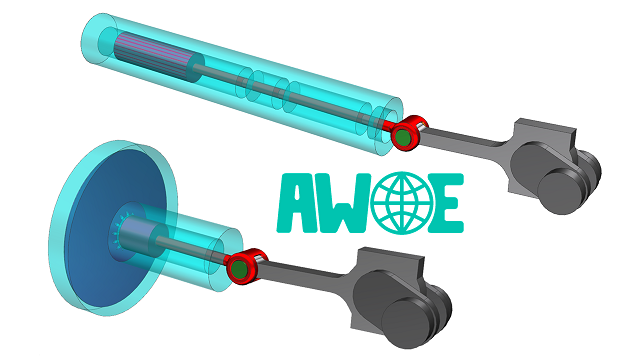
By francesco la porta and hidenobu usuda
hydrogen presents opportunities as a clean energy source, either used as storage or as fuel in mobility, or as a feedstock in refineries and petrochemical processes. But there are many challenges to overcome, many of which revolve around the cost-effectiveness and reliability of hydrogen storage and transportation technology. Kawasaki
heavy industries (khi) recently conducted a pilot study on hydrogen transportation.
 A new khi carrier transported hydrogen 9,000 km from the eastern coast of australia to kobe, japan. Of the many challenges examined during the sea voyage, the most vital was testing the atlas copco gas and process centrifugal compressor for boil off gas (bog) that ensures hydrogen remains chilled at -253° c in liquid form.
A new khi carrier transported hydrogen 9,000 km from the eastern coast of australia to kobe, japan. Of the many challenges examined during the sea voyage, the most vital was testing the atlas copco gas and process centrifugal compressor for boil off gas (bog) that ensures hydrogen remains chilled at -253° c in liquid form.
Efficient Compression of Hydrogen With Diaphragm Compressors
Sunfire gmbh, one of the ten most innovative energy companies worldwide, develops solutions for the production of hydrogen. When it comes to compressing the combustible gas, sunfire trusts the powerful compressors of mehrer compression gmbh. Read reference
to ensure that the refuelling of fuel cell vehicles (tank pressures of 350 bar for buses, trucks, industrial trucks or 700 bar for cars) can be carried out quickly and energy-efficiently, hydrogen is cascaded from buffer storage tanks at different pressure levels. Mehrer diaphragm compressor systems guarantee the constant filling of the buffer storage tanks and thus form an elementary link in the refueling process.

Oil & gas
zeroavia is working with san francisco startup verne to bring an even more energy-dense form of hydrogen to the clean aviation space. Cryo-compressed h2 could reduce costs, speed up fueling, and unlock 40% more flight range than cryogenic liquid h2. Hydrogen is a pain in the butt. It's hard to store and transport, requiring either ultra-cold temperatures, or energy-hungry compression to get it into a useful volume. It's energy-inefficient to make, and there's no distribution network for it per se. But if you want to decarbonize aviation, it's one of your only real fuel options. It might not carry as much energy as jet fuel, but it gives you a huge energy density boost as compared with lithium batteries.